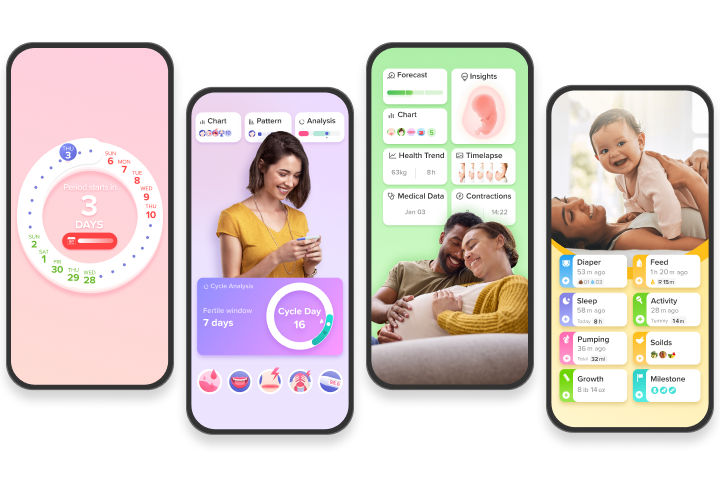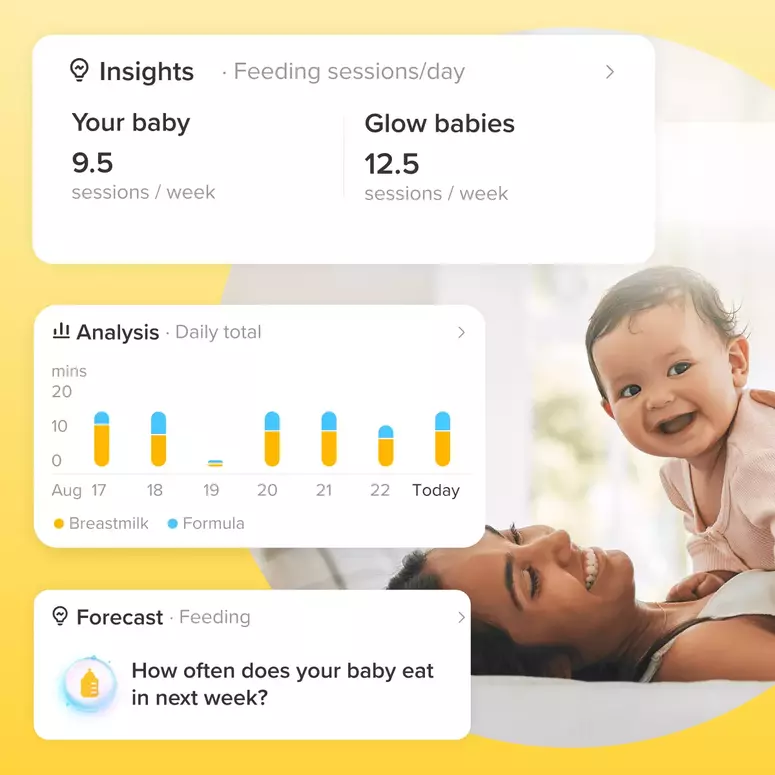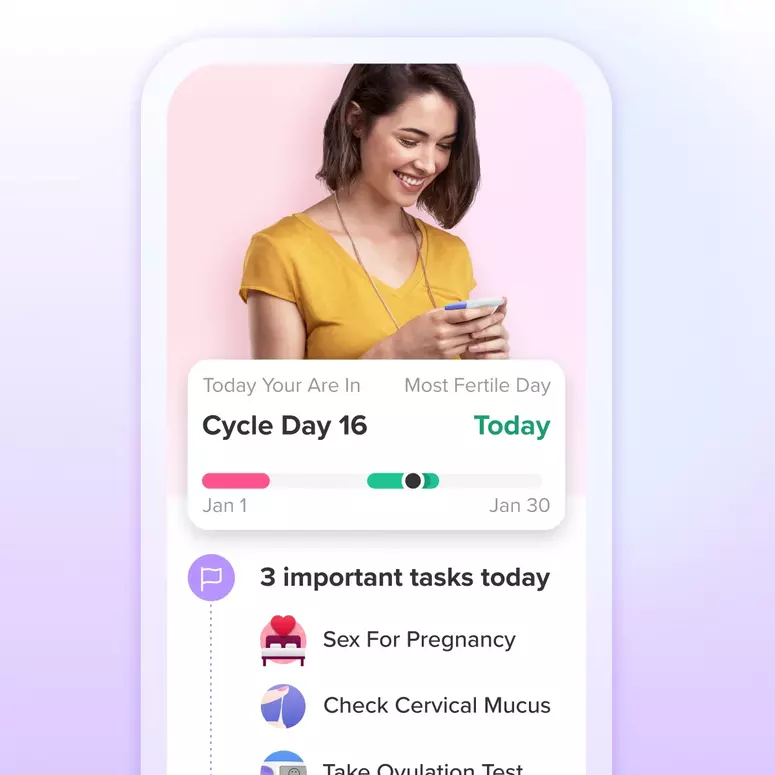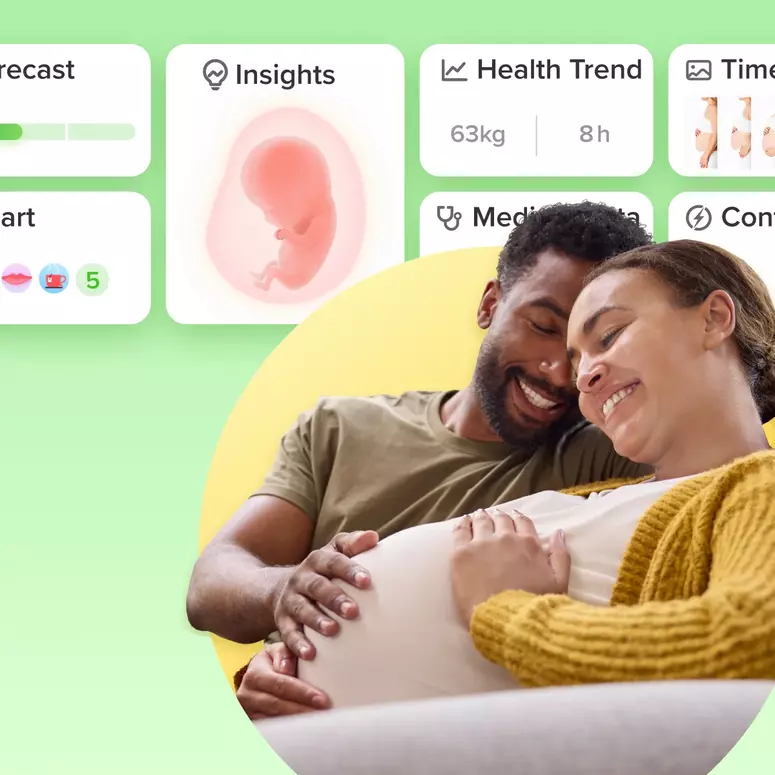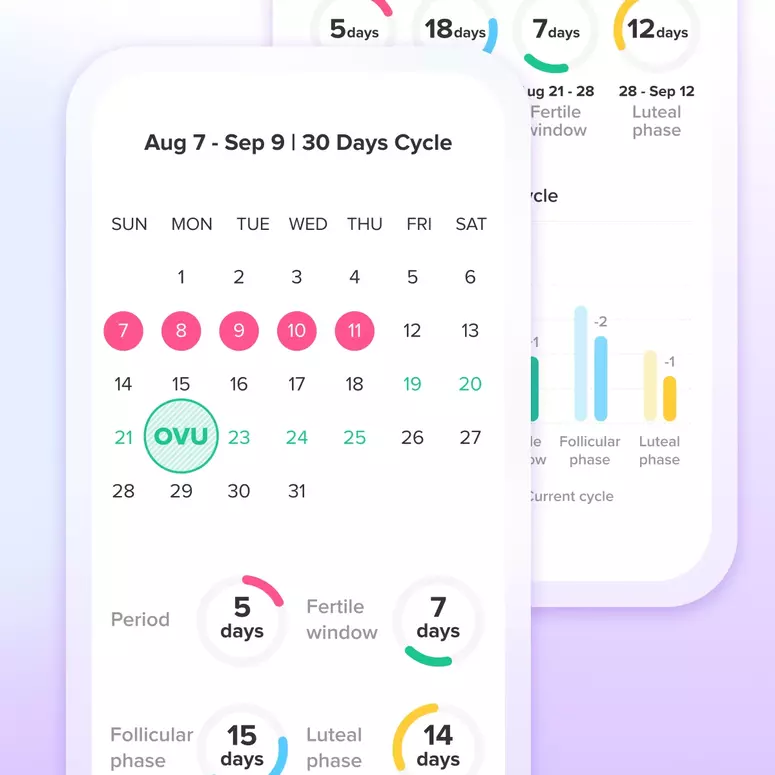Navigating the early stages of pregnancy can be both exciting and nerve-wracking. One of the key players in this journey is human chorionic gonadotropin (hCG), often called the “pregnancy hormone.” This remarkable hormone supports the corpus luteum and ensures the production of progesterone, which is vital during the initial phase of pregnancy.
Understanding when hCG levels rise can provide significant insights into confirming and monitoring a pregnancy. This article aims to shed light on how long after implantation hCG levels rise and what factors influence these levels.
What is Implantation?
Implantation is the process where a fertilized egg attaches itself to the lining of the uterus—a pivotal step in achieving pregnancy. This event typically occurs approximately 6 to 10 days after ovulation and fertilization. During this time, the fertilized egg, now referred to as a blastocyst, makes its journey down the fallopian tube and into the uterus. Once it secures its place in the uterine lining, the body starts producing hCG.
Common signs of implantation can include light spotting and mild cramping, though not every woman will experience these symptoms. The process of implantation is crucial as it’s the starting point for the body’s production of hCG.
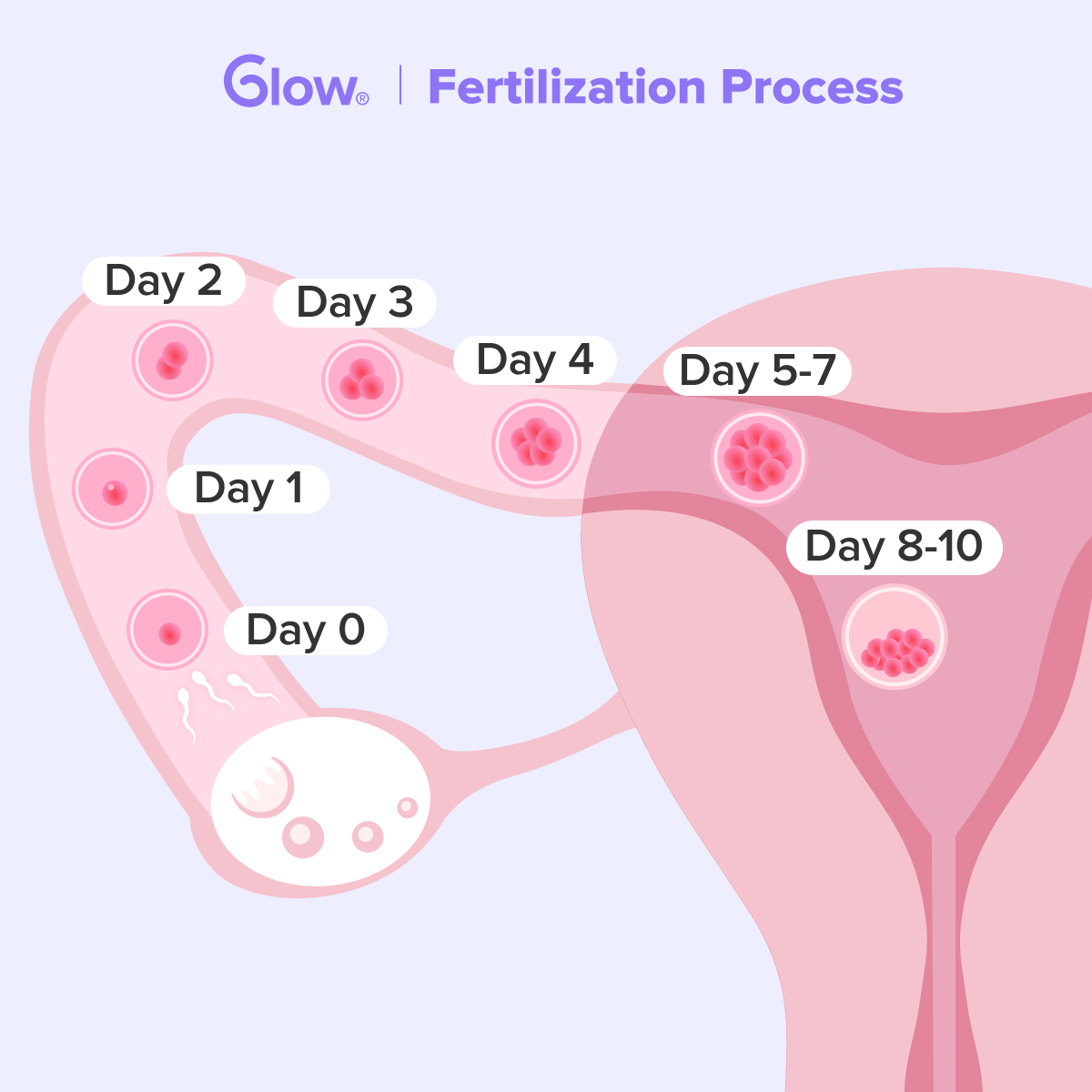
Understanding hCG
hCG is produced by cells that form the placenta, which nourishes your growing embryo after implantation. Detecting hCG in blood and urine is the foundation of pregnancy tests. This hormone is vital because it sustains the corpus luteum, ensuring it continues to produce progesterone to maintain the uterine lining and nurture early pregnancy.
Timing of hCG Rise
For most women, hCG will start to be detectable in the blood around 8 to 11 days after ovulation, but it’s important to note that everyone’s body is different. On average, about 11 days are needed for hCG levels to rise high enough to be detectable in urine using a home pregnancy test, although sensitive blood tests can sometimes detect hCG a bit earlier.
In the early stages of pregnancy, hCG levels double approximately every 48 to 72 hours. Here’s a rough timeline in days post-ovulation (DPO) to give you an idea:
- Ovulation (Day 0): This is when the egg is released from the ovary.
- Fertilization (Day 0-1): The egg meets the sperm, typically within 24 hours of ovulation.
- Implantation (6-10 DPO): The fertilized egg (now a blastocyst) travels to the uterus and implants itself in the uterine lining. This is when hCG (human chorionic gonadotropin) production begins.
- Initial hCG Detection (8-11 DPO): hCG levels start to rise and can be detected in the blood first. A sensitive blood test can pick up hCG around this time, though levels are still low.
- Detectable hCG Levels in Urine (12-14 DPO): It usually takes a few more days for hCG to build up to detectable levels in urine. This corresponds with the time most home pregnancy tests will give a reliable result—typically around when you expect your period.
For an easier understanding, here’s the timeline in days post-implantation (DPI):
- 0 DPI (6-10 DPO): Implantation occurs.
- 2-5 DPI (8-11 DPO): Initial hCG can be detected in blood.
- 4-8 DPI (12-14 DPO): hCG becomes detectable in urine, making home pregnancy tests reliable.
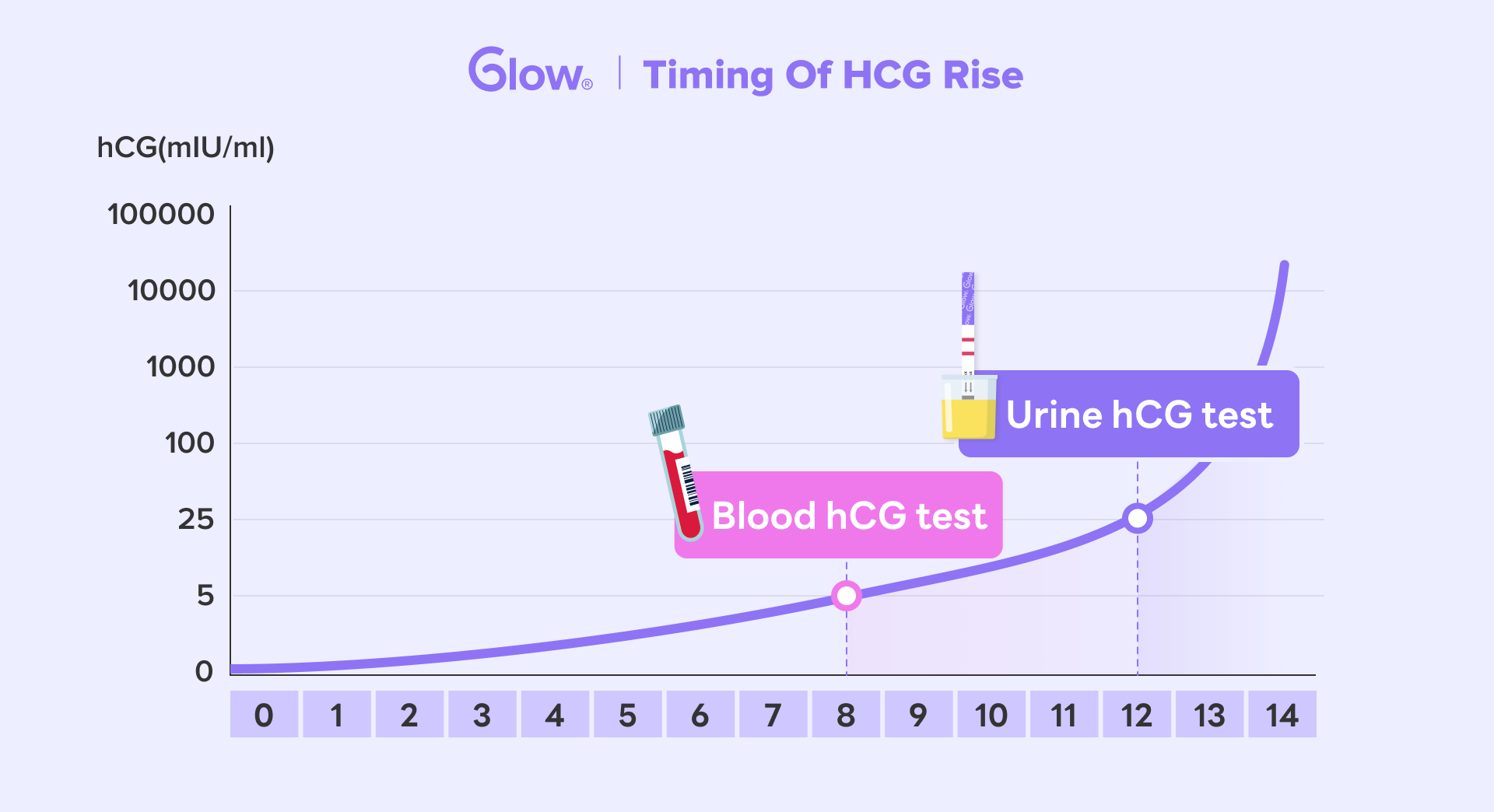
Factors Influencing hCG Levels
hCG is a crucial marker in pregnancy, and several factors can influence its levels after implantation:
Number of Fetuses: In multiple pregnancies (such as twins or triplets), hCG levels tend to be higher due to the presence of more than one developing embryo².
Maternal Age: Older mothers may have slightly different hCG levels compared to younger mothers, but this variation is not a definitive indicator of pregnancy health.
Medical Conditions: Certain medical conditions, such as gestational trophoblastic disease or molar pregnancies, can lead to abnormal hCG levels. Monitoring hCG is essential in such cases.
Timing of Testing: The day of testing matters. Early testing (before the expected period) may yield lower hCG levels, while testing later can show higher levels.
Other Factors: Maternal smoking, weight, ethnicity, parity (number of previous births), and severe morning sickness (hyperemesis gravidarum) can also influence hCG levels.
Interpreting hCG Levels
Understanding your hCG levels can be a game-changer when it comes to tracking your pregnancy progress. Here’s what you need to know:
When you receive your hCG test results, they are typically measured in milli-international units per milliliter (mIU/mL). Early in pregnancy, hCG levels can vary widely, but there are general guidelines to help interpret these numbers:
- Less than 5 mIU/mL: Generally considered a negative result, indicating no pregnancy.
- 5 to 25 mIU/mL: This range is a gray area where it may be too early to confidently confirm pregnancy. Follow-up testing is often recommended.
- 25 mIU/mL or higher: Usually indicative of a positive pregnancy test. This range of hCG levels can confirm a pregnancy with an at-home pregnancy test.
As your pregnancy progresses, hCG levels should roughly double every 48 to 72 hours in the early weeks.
hCG and Early Pregnancy Monitoring
Monitoring hCG levels is critical in the early stages of pregnancy. Normal rising hCG levels generally indicate a healthy pregnancy. However, abnormally low or non-increasing hCG levels can signal potential issues, such as an ectopic pregnancy or miscarriage. In such cases, healthcare providers may perform additional tests and provide close monitoring to determine the cause and take appropriate action.
Knowing and understanding your hCG levels can be an empowering tool in your pregnancy journey. By tracking this hormone, you’re better equipped to recognize key milestones and potentially identify when something might be amiss. Remember, every individual’s experience is unique, and your healthcare provider is the best source for personalized advice and insights.
